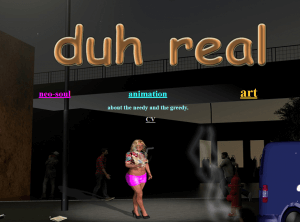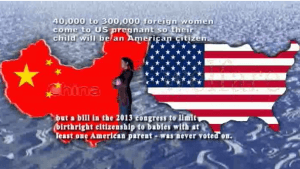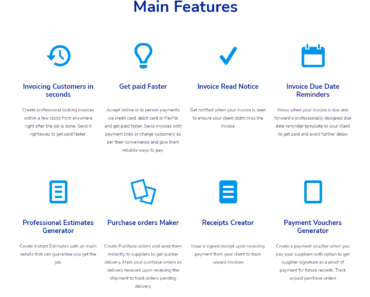There has always been a natural connection between creativity and social change.
Generations of artists and creative thinkers have employed protests songs, paintings and other visual arts to stoke activism and raise awareness of oppression, inequalities and injustice.
Creative Animation as a Tool for Social Change
Today, the artists and animators at Duh-Real.com have turned their attentions to such areas as climate change, globalization and rape culture, and they employ new technologies such as online flash movies and video installations alongside non-traditional art forms to spread their message.
However, the role of creativity in social change goes beyond individual artists and collectives.
The power of art is such that it can reach out to communities throughout the world to transform lives and bring about social reform.
Stop Negative Stereotyping of Black Americans
Social science research powerfully demonstrates how stereotypes, even those that people are not consciously aware of, can influence the careers of women and minorities.
For example, people rate the quality of a scientific paper differently depending on whether they think a man or a woman wrote it.
Stereotypes also reduce the self-esteem, motivation, and intellectual performance of women and minorities through a process called stereotype threat.
Stereotype threat reduces performance in situations where an individual might confirm a negative stereotype about his or her group.
In one example, researchers found that African-American college students performed worse on an SAT test when the students had been told that the test is a valid measure of intelligence.
Learning more about the science of stereotypes can also help women and minorities prevent stereotypes from interfering with intellectual performance.
Such findings suggest that negative stereotypes pose a serious career obstacle for women and minority scientists.
In 2006, the National Academy of Sciences released the report Beyond Bias and Barriers: Fulfilling the Potential of Women in Academic Science and Engineering, which recommended that scientific institutions adopt interventions that combat stereotypes.
But the focus of this article is on individual scientists: What can they do to prevent stereotypes from stifling their career advancement?
The advice this article offers is derived from my experiences as a social psychologist working in the Office of Diversity and Leadership at Stanford University School of Medicine.
Individual scientists can take at least three steps to buffer themselves against negative stereotypes: educating themselves and others about the science of stereotypes, adopting a growth mindset, and expanding their professional networks.
Education and Awareness through Animation
A key function of art is to educate vulnerable young people who may be affected by such problems as drug trafficking, violence and poverty.
Young black people often get a criminal charge when suspected of drug trafficking. These young people need help from drug trafficking lawyers.
For example, an alternative school in Puerto Rico is helping teenagers by running classes in animation through a program called Puerto Rico se Anima.
These sessions give students from disadvantaged backgrounds a chance to learn new skills and express their creativity.
By enhancing self-esteem and encouraging collaboration, the program is showing the students they can have a more positive future.
Similarly, the renowned El Sistema program, which was started in Venezuela 33 years ago, uses music to reach the country’s poorest children.
The program now also provides a support and advocacy network for people and organizations throughout the US and around the world.
Domestically, the Move this World initiative engages young people in dance to address issues such as conflict, violence, and bullying.
Its peace education curriculum encourages empowerment and physical expression, and aims to generate social change through the use of movement.
These diverse examples highlight how engaging young people in the arts can help in both transforming individual lives and creating a new generation of artists who may go on to produce important works that raise awareness of the issues they feel passionate about.







